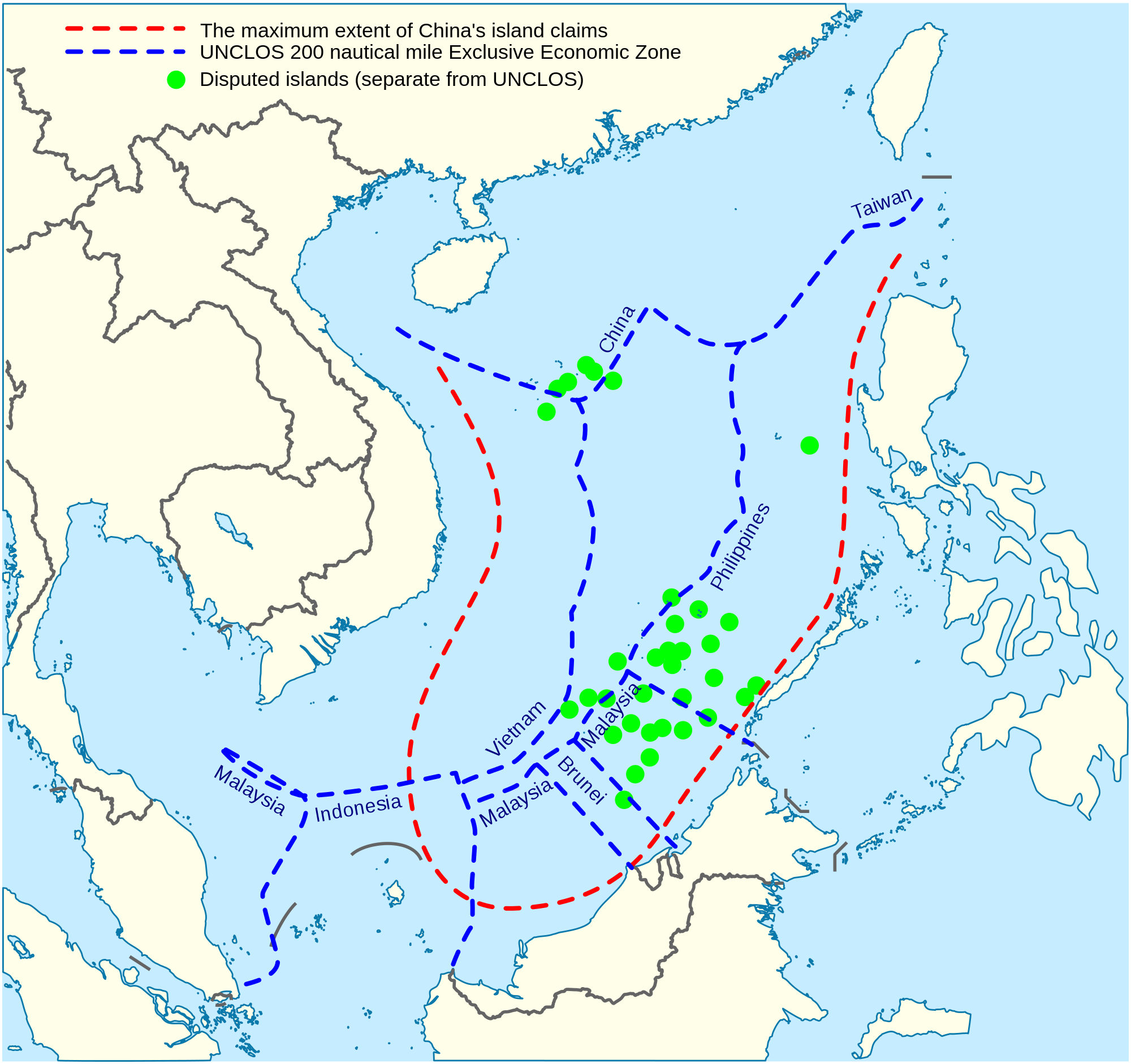This year has been marked by a steady flow of troublesome reports from Asia involving a potentially larger than expected North Korean nuclear weapon stockpile, the continuing China-Japan dispute over the Senkaku Islands and yet further problems in an already troubled South China Sea.
China, meanwhile, is out-building the United States Navy by 60 ships per year compared to the latter’s 10 and is perfecting an anti-access capability that will target US carriers with ballistic missiles. Attitudes are also hardening, with one of the US’ most esteemed strategic theorists, John Mearsheimer, predicting we are close to armed conflict, and that the time has come to contain China. Meanwhile, China unhelpfully demands “Asian security for Asians by Asians” in a rather obvious effort to exclude the US.
In response, the US is in the process of “rebalancing” its forces to have 60 percent of its naval and air units in the Pacific. Of these, fully one half will be forward deployed. Canada, however, appears to be only focused on the area’s potential for exports and investment. This is despite the fact that the ASEAN region has no intention of allowing Canada access to its trading and security institutions until Ottawa moves beyond what two experts have termed its “carpetbag diplomacy” of VIP visits that are never backed up with a sustained Canadian security presence in the area.
Despite recent government claims that Canada “gets it” as to the importance of the region, little of consequence has occurred, and our Navy’s Atlantic dominance remains. As a result, Canada is widely considered “absent” from the region.
It is clear that Canada’s modest diplomatic efforts in the area must be reinforced with naval deployments. Warships are ideally suited to the complexities of the Asia-Pacific theatre, as they can shift between diplomacy and armed confrontation instantly. Moreover, they do it without a large base footprint and can thus move forward or withdraw as the situation demands. Forward deployment would also allow Canadian ships to collaborate with China’s recent positive multilateral naval efforts either independently or in cooperation with the US pivot. Those same Canadian ships would also be able to rapidly reinforce the US, Japan, South Korea and Australia should the security situation continue its downward path, but only if our frigates are forward deployed to the Western Pacific. Our former Canadian Ambassador to China, David Mulroney, puts this well in his recent book Middle Power Middle Kingdom:
We can contribute to our own security, and to the security of our region, but being part of broader efforts to manage China’s peaceful rise on terms that are acceptable to us and our allies. But this is going to take a larger investment in our Navy than is currently on the books. Being able to deploy ships to the Pacific is central to Canada’s aspiration to play a more significant role in Asia.
This will require that future Canadian governments, of whatever stripe, continue to actively support the National Shipbuilding Procurement Strategy. Second-guessing this strategy now will only introduce yet more delay. However, that process will not produce a replenishment ship until 2020 when both our coasts need one now. Given the vast distances and lack of NATO-like support, the need is particularly acute in the Pacific. The current government has been given options for short term leases and has chosen the Davie Shipyard in Quebec City to provide interim Auxiliary Oiler Replenishment (AOR) capability. This commercial tanker is a Band-Aid fix, but it is needed. Then the Navy must rebalance its frigate fleets.
Finally, the defence and foreign affairs budgets must assign dollars directly to the Asia-Pacific engagement task. We have a ten to twenty-year challenge of both encouraging China’s continued integration into a rule-based world order while deterring adventurism at sea. The costs of such increased naval engagement will be worth it if conflict is avoided.
Dr. Eric Lerhe served as the Commander Canadian Fleet Pacific from 2001 to 2003.

